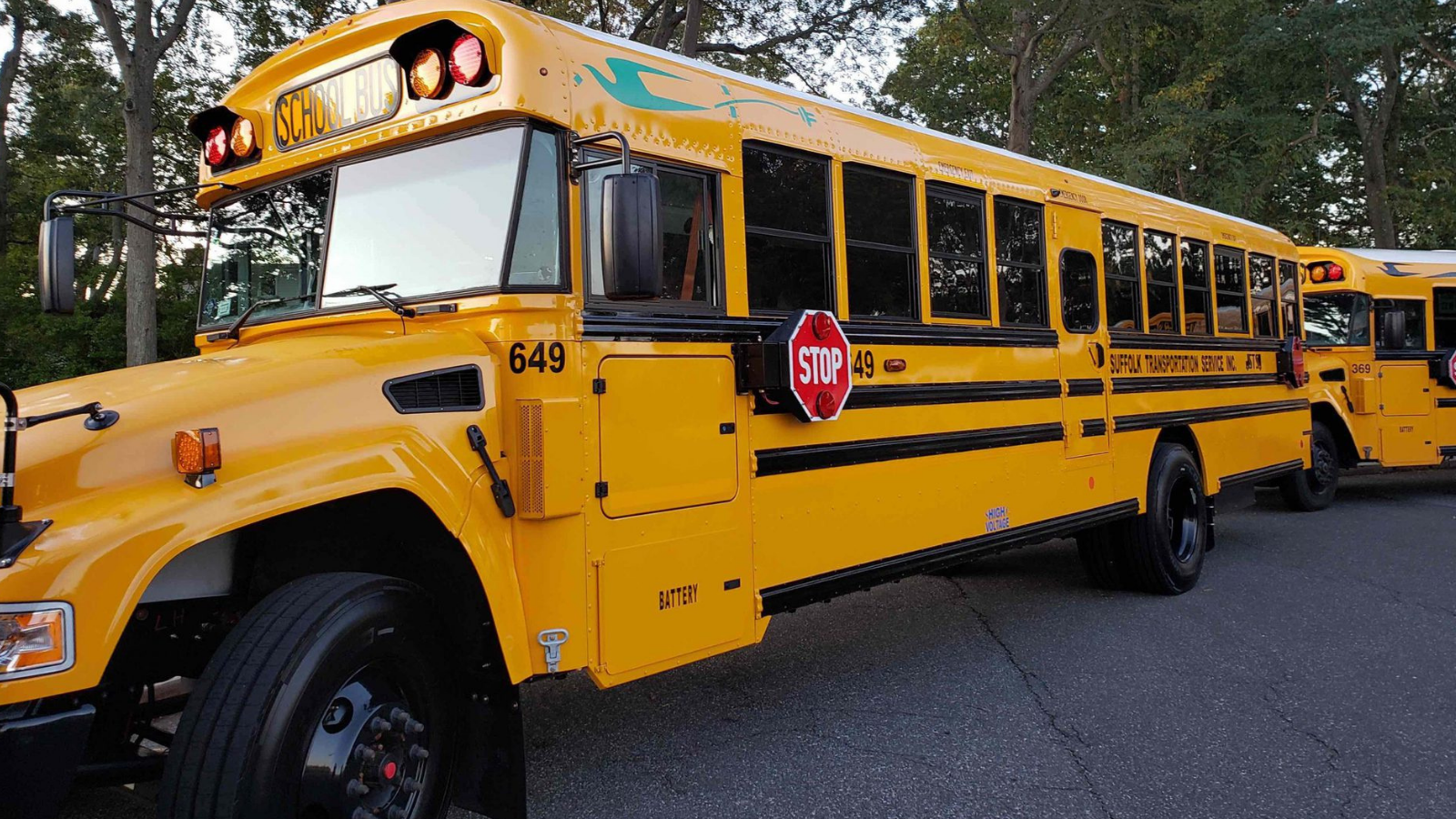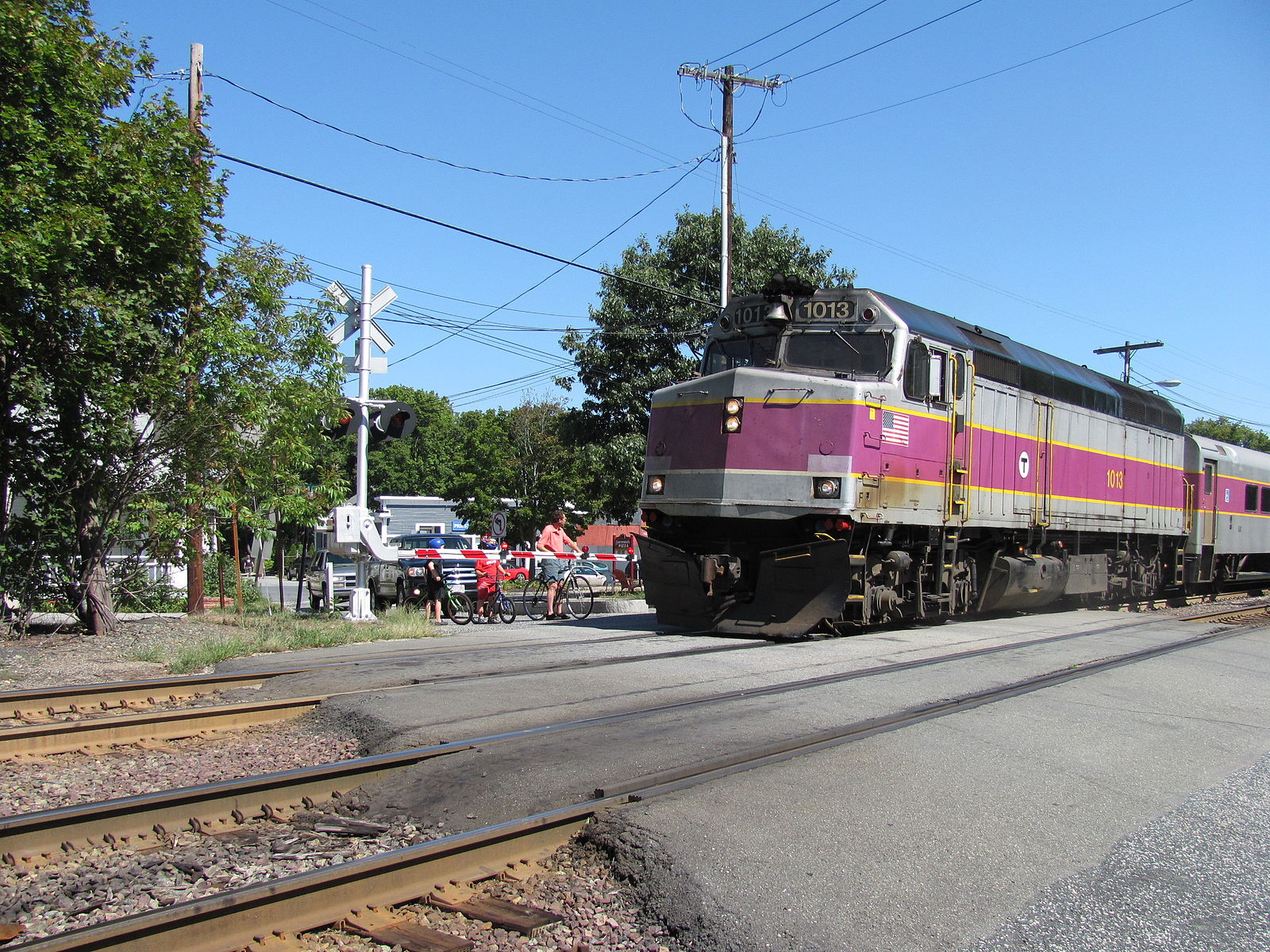California charges ahead on electric buses
The California legislature voted to invest $1 billion in its public schools - and a solid chunk of that could go toward electric school bus charging infrastructure.

It’s back-to-school season. However, few kids are going anywhere because many classes are occurring remotely due to the COVID-19 pandemic. While that makes life tough, now has become an ideal time to improve the classrooms and buses that students would otherwise be using.
If there’s one group that gets this, it’s California’s state legislature.
The Golden State is already a leader on electric school buses, but it’s continuing to press forward. In 2019, the California Energy Commission allocated $94 million to its School Bus Replacement Program, which helps schools across the state replace old diesel buses with clean-energy electric. The California Climate Investment grant program has also been difference-making at the local level. With a $7.5 million grant, Twin Rivers School District, for instance, became the first school district in the country to deploy zero-carbon emission electric buses. It now has 30 electric buses in its fleet.
Now, California is doubling down on this important transportation game changer. On Aug 31, the state legislature passed a bill (AB 841) that would spend about $1 billion over three years on green infrastructure for schools. With it, California’s legislature is committing to upgrading its school buildings, and has reduced the cost barrier to procuring electric buses by investing in charging infrastructure, which is a key hurdle that must be overcome for widespread electric vehicle (EV) adoption.
These advancements are so important because electric buses are not only better for local air quality and the climate as a whole, but they also save money in the long run. That said, upfront costs can be hefty. By investing in charging infrastructure, California’s lawmakers are making it easier for school boards and transit agencies to switch to a cleaner safer form of transit.
Beyond addressing diesel inefficiency and transportation pollution, the bill also directs funding toward upgrades in heating, air conditioning and ventilation systems in public schools. In addition, it calls for the replacement of aging and inefficient water fixtures and appliances. Priority will go to schools in underserved communities and those in areas of high industrial pollution.
Between its transportation and infrastructure reforms, this bill is a home run. If signed into law by the governor, AB 841 will combat deadly tailpipe pollution, make schools safer environments for children, and save schools money on their utility bills. During a time where we’re inundated with demoralizing news, this bill is a much-needed source of positivity and hope.
Photo credit: Bluebird Vision 2020 Electric Bus, UniversityRailroad, Wikimedia Commons.
Topics
Authors
Ethan Evans
Find Out More

A threat to federal climate investment: Highway boondoggles

Important wins for Texas consumers this legislative session

America needs a “roads review”


